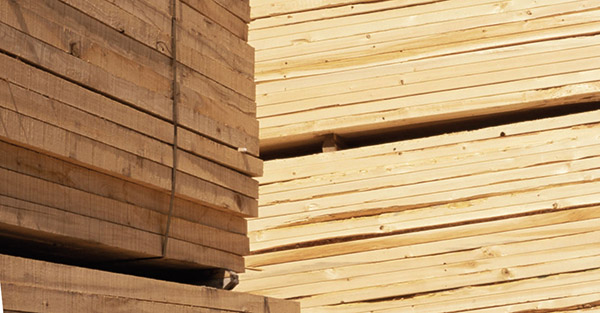Wood packaging – Data 2017
The transport packaging par excellence, wood packaging is widely used throughout the manufacturing industries, whose performance influences the growth trends of this packaging type considerably. Consolidated 2016 data and projected end of year values for 2017.

Wood packaging is divided into three categories: crates, pallets and industrial packaging (the latter including transport structures for shipping machinery and equipment, crates for premium spirits and wines, cable reels/crates and cork stoppers).
According to 2016 estimates, there are about 2,060 enterprises producing wood packaging in Italy. Of those, 49% produce pallets, 37% industrial packaging (including cork stoppers), and the remaining 14% produce wood packaging for fresh fruit and vegetables.
The turnover of the wood packaging sector in 2016 showed 1.2% growth, reaching some 1,570 million euro.
The sector in 2016
According to the latest 2016 data, the wood packaging sector saw a production increase of 4.6% over the previous year, in terms of weight.
Looking at the different packaging types in this category, only wood crates saw decline in production, with the sector total reaching 2,520 t/000.
Foreign trade saw imports rise by 7.7%, while exports grew 3.6%.
The largest category of wood packaging in terms of weight remains pallets (72%), the production of which rose by 7.7% in 2016, bringing the total to 1,815 t/000.
19.5% of wood pallet production is for the beverage and liquid food sector, 22.2% for the food sector (food), 20.8% for non-food consumer goods (cosmetics, pharmaceuticals, TV, telephones, electric appliances, products for the home generally); 4.8% is for chemical products (including domestic detergents) and finally, 32.7% is for the category “other”, which includes mechanical engineering, electromechanical engineering and construction materials.
As for industrial packaging, which in terms of weight represents 20% of the sector as a whole, in 2016 production rose by 4.4%, reaching 500 t/000. In 2016, exports remained stable, while imports saw double digit growth (+21% compared to 2015). This also positively affected apparent use, which reached 537 t/000, with over 7% growth. Most wood in this category is used to make crates for transporting bulky goods (89%), while 10% is used to make slats, crates for equipment or replacement parts, specialty boxes, etc. and 1% goes to corks.
The remaining 8% of the sector consists in wood crates, which have seen steady decline. In 2016, production was about 205 t/000, with negative growth of -13% compared to the previous year. 93% of this type of packaging is used for fresh fruit and vegetables, while the remaining 7% is used in other sectors (fresh fish and nurseries).
Performance estimates for 2017
According to early estimates for 2017, the wood packaging sector closed the year with 2.5% growth in turnover, reaching 1,600 million euro. Production is estimated to have grown by about 3%, exceeding 2,580 t/000. Production has been sustained by exports, which rose 16% (values refer to the first nine months of the year), while imports are estimated to have grown by 5%.
Two important factors influenced these estimates.
First of all, the market share trends of raw materials used to produce this type of packaging. In 2017, the average price of goods monitored by the Milan Chamber of Commerce (wood packaging) grew by rates varying between 1.6% and 6.4%. The rising prices of raw materials is influenced by more consistent demand for timber, which is tied to the increased production of wood packaging.
Another reason to expect increased production of wood packaging is the strong performance of manufacturing, which according to the most recent Prometeia estimates, saw 2.8% growth in 2017.
Design and calculate industrial packaging with ImballiCAD +
Federlegno Arredo Eventi SpA, owner of PACK+, and SCT informatica Srl, owner of Software ImballiCAD, have signed an agreement to jointly develop a new product. This is ImballiCAD+, a software for the design of industrial packaging certified according to UNI 9151-3, which combines the functionality of an AutoCad drafting system and the calculation and the verified structural checks certifying compliance to UNI 9151-3 of PACK +. The product can be purchased in modules and can be customized according to the packer’s needs.
Barbara Iascone
Istituto Italiano Imballaggio

















